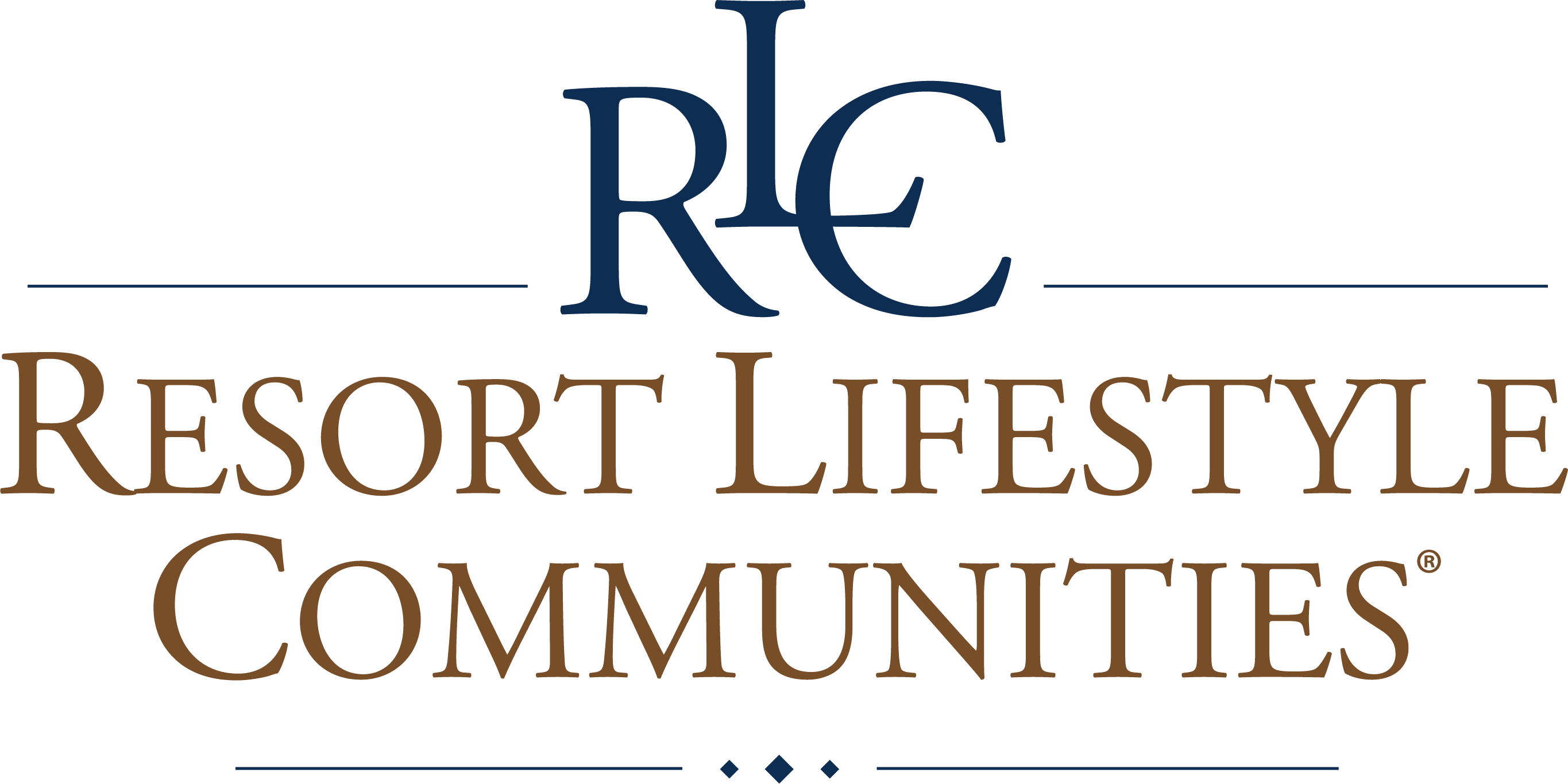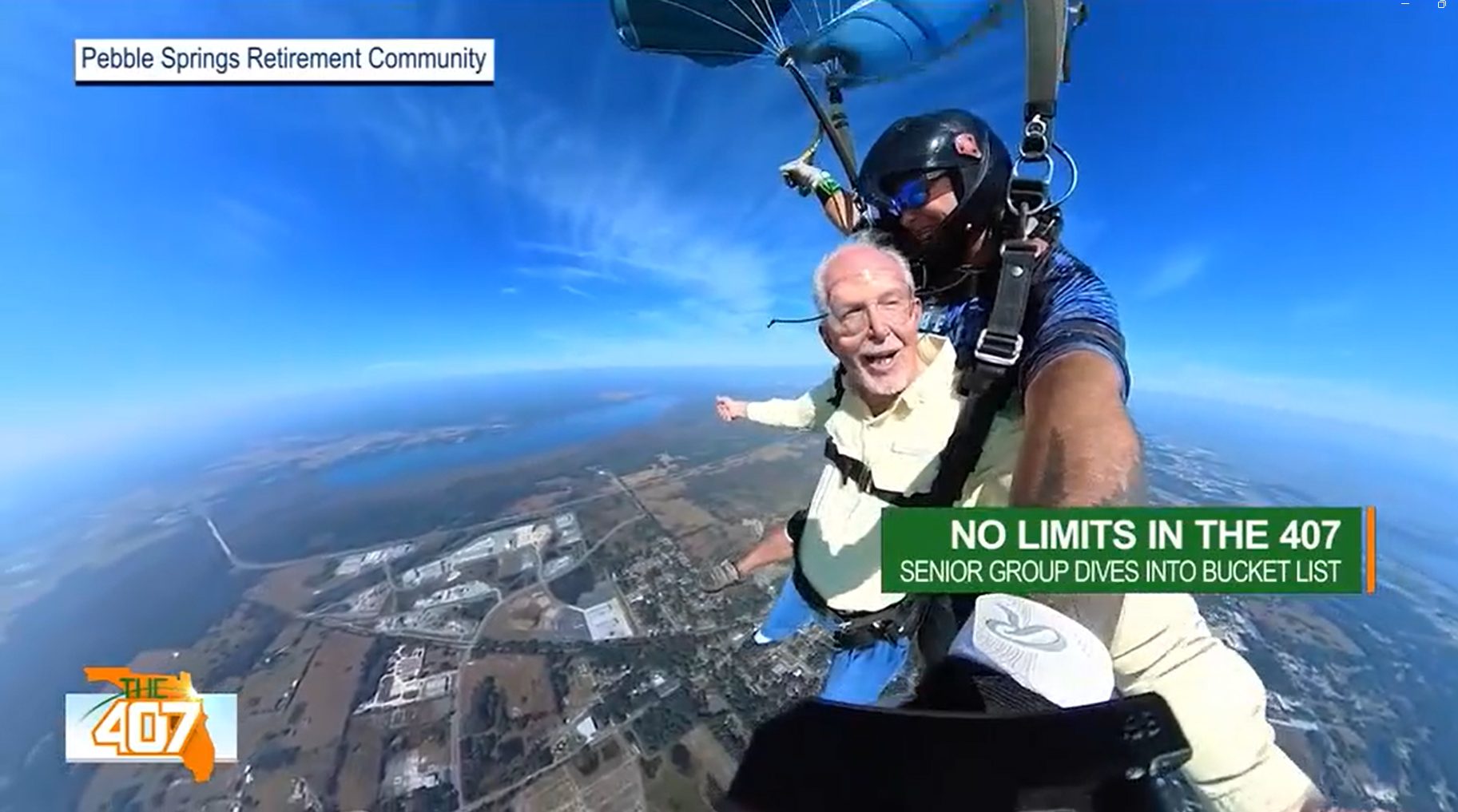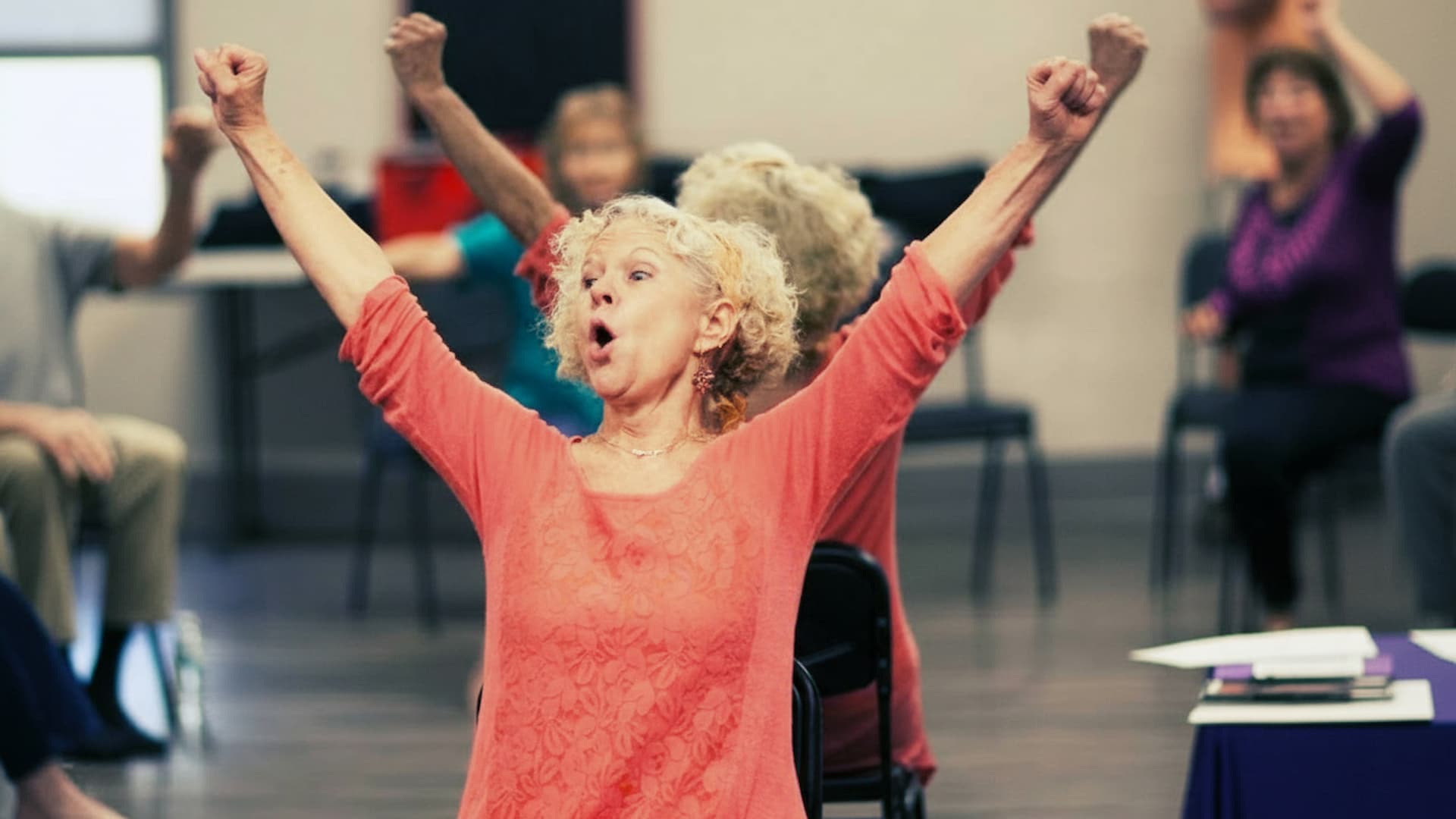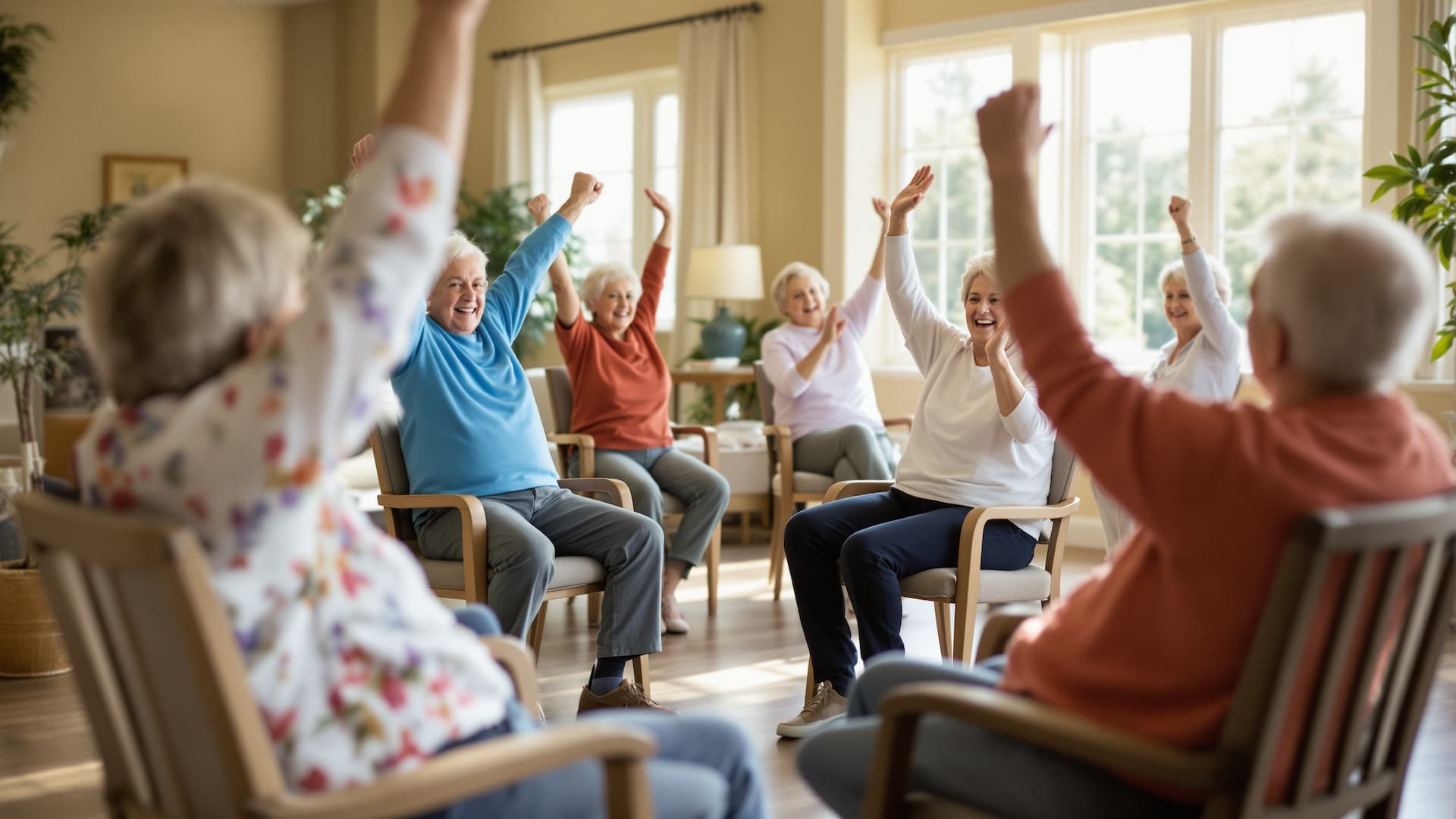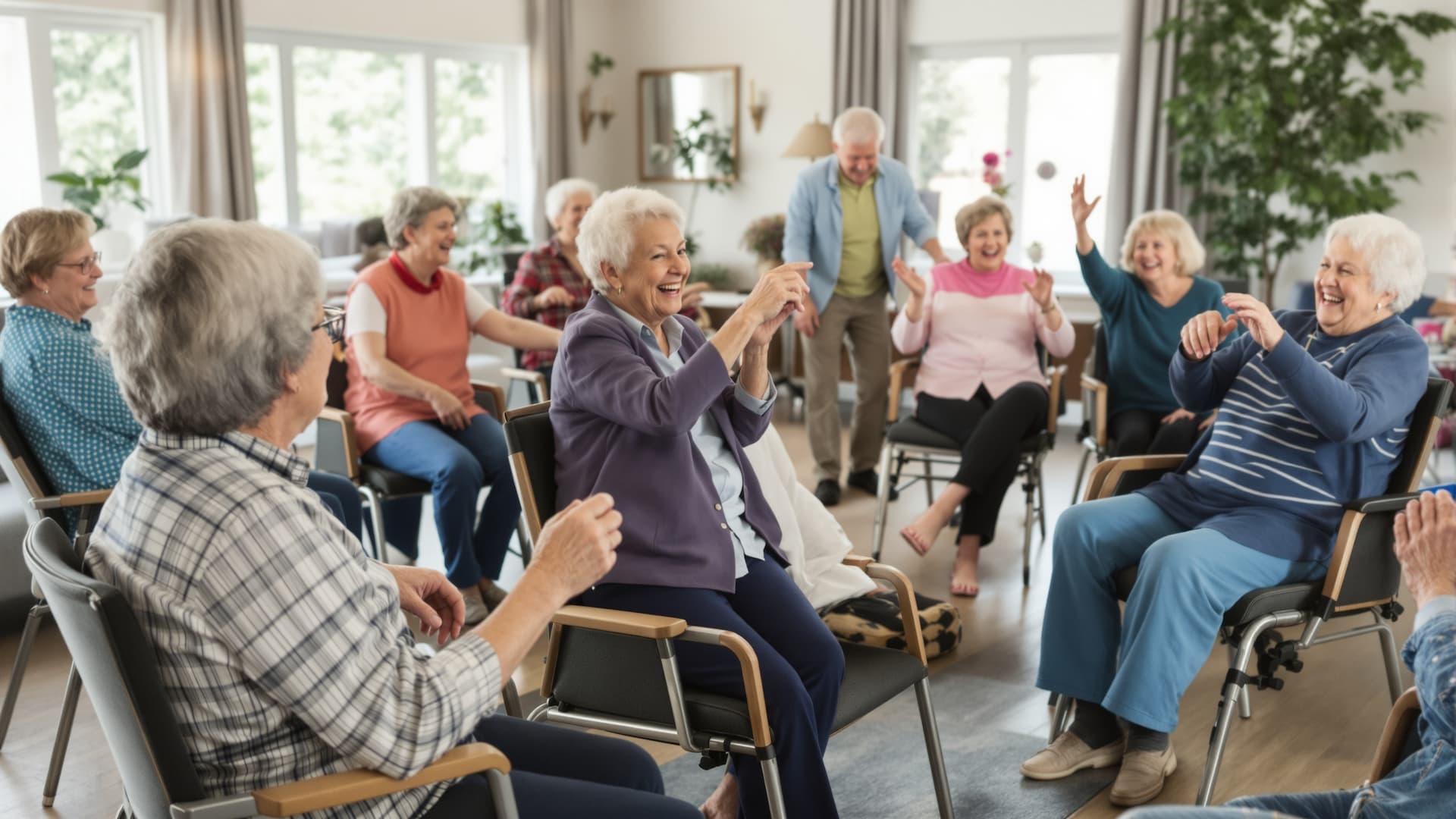Senior care often focuses on meeting residents’ immediate medical needs. While these are essential, true safety in senior living communities goes far beyond healthcare. The best communities take a well-rounded approach to well-being, creating a strong foundation where residents feel supported and valued while maintaining their independence in their golden years.
The Importance of Holistic Safety Systems in Senior Care
By adopting a holistic approach to safety and care, senior living communities integrate medical, social, emotional, environmental, financial, and legal protections into their daily operations. This multidimensional model aligns with best practices from leading gerontological and healthcare organizations. True safety means not only responding to emergencies and maintaining the right systems, but also anticipating and preventing risks before they occur.
When safety systems are fragmented or fail to address residents’ complex physical and cognitive needs, the results can be serious. Studies have linked poor coordination between medical, administrative, and social teams to higher rates of preventable injury, medication errors, and emotional distress among older adults.
Forward-thinking communities are designing integrated environments where every aspect of care works in harmony. This unified framework ensures that residents at all health levels experience consistent protection, stability, and dignity throughout their later years.
Social Safety and Connection
Social connection is vital for well-being at every age, and especially important in the senior years, when the risk of loneliness and isolation increases. Isolation is a major factor affecting both mental and physical health. According to the U.S. Surgeon General, loneliness can be as harmful to health as smoking 15 cigarettes per day.
Many senior communities are creating safety nets to protect residents from isolation by fostering environments that encourage connection and awareness. Residents often check in on one another, form close friendships, and notice changes in peers’ moods or routines, helping staff provide timely support.
Community staff play a vital role as well. Structured communal meals, shared activities, and consistent touchpoints help everyone stay engaged and reduce social isolation. Many communities also prioritize cognitive health through mentally stimulating programs—such as trivia nights, puzzles, and group games—that strengthen social bonds and help prevent cognitive decline.
Designing Supportive Environments
A community’s physical environment plays a major role in residents’ safety and comfort. Many progressive communities are intentionally designed to minimize risks and help residents navigate spaces with confidence. Thoughtful features—like non-slip floors, bright lighting, grab bars, and wheelchair ramps—make spaces safer and more accessible.
Some communities are also introducing wearable devices that discreetly monitor residents’ health and alert staff to potential concerns. Beyond daily care, well-trained emergency response teams and 24-hour communication systems add another critical layer of safety, ensuring residents receive support at any hour.
Financial, Personal, and Legal Protection
Seniors are often targets for scams and financial exploitation, which makes strong legal and financial safeguards essential. Many communities host workshops to educate residents about current online and phone scams, while others train staff to recognize suspicious messages or unusual financial activity.
Protection against elder abuse is another cornerstone of modern senior living. Staff receive training to recognize and report signs of neglect, abuse, or self-neglect—whether emotional, physical, or financial. Clear reporting protocols ensure residents’ safety and dignity are prioritized at all times.
Staff as an Asset to Safety
Community staff are one of the most valuable components of a comprehensive safety net. When well-trained and engaged, they act not only as caregivers but as compassionate community partners. They observe residents closely, recognize subtle shifts in behavior or engagement, and provide emotional support when needed.
Properly trained staff also act as triage specialists—connecting residents to non-medical support such as social services, counseling, or legal aid. This proactive approach helps prevent small concerns from becoming major challenges, promoting long-term stability and peace of mind.
A Holistic Blend of Social, Environmental, and Legal Support
The most successful senior communities create interconnected systems of social, environmental, financial, and legal support. When these networks work together, they provide residents with genuine peace of mind and a true sense of belonging.
At Resort Lifestyle Communities, we believe safety means more than healthcare—it’s about connection, comfort, and community. Find a community near you and experience it firsthand.
